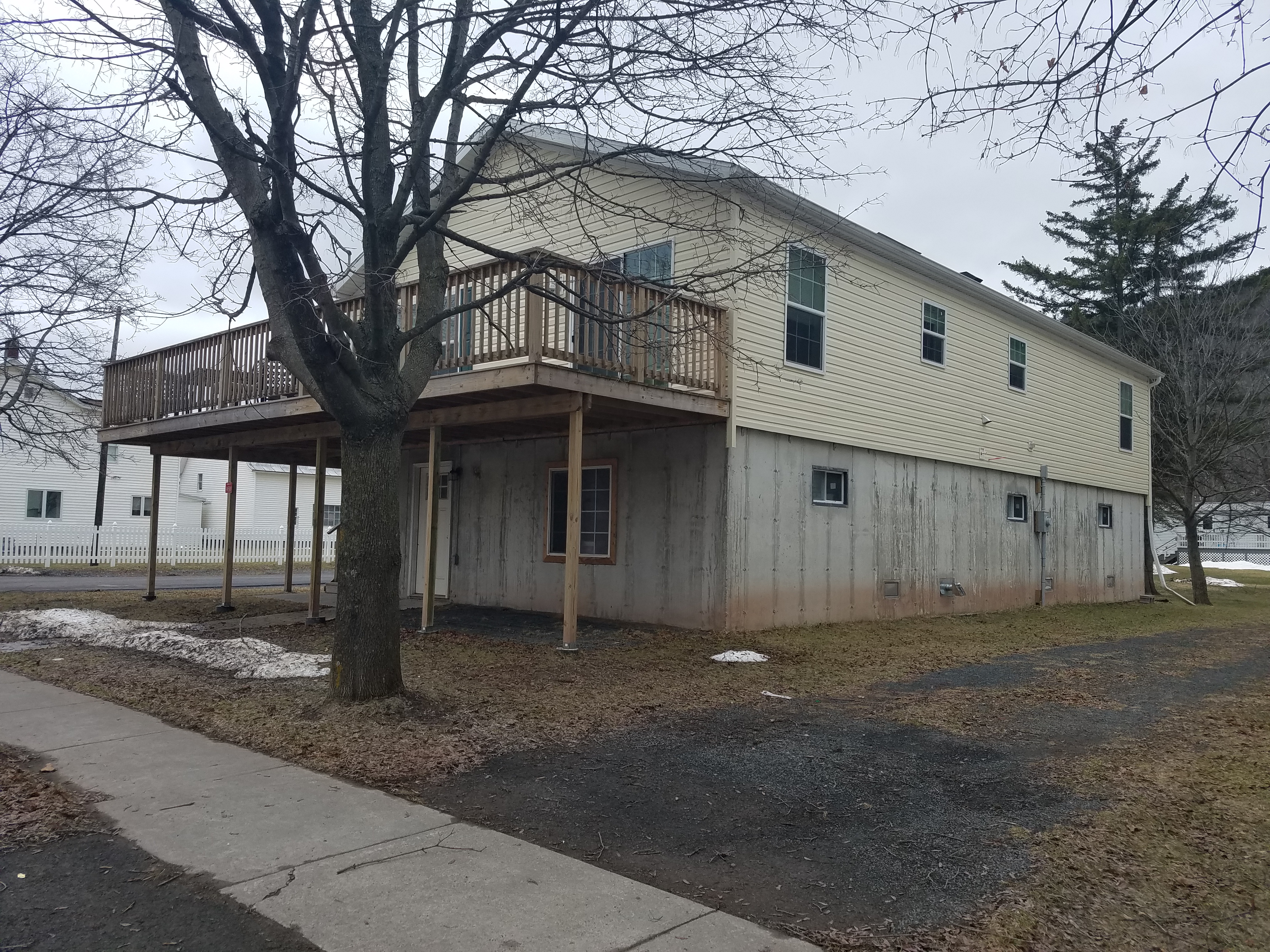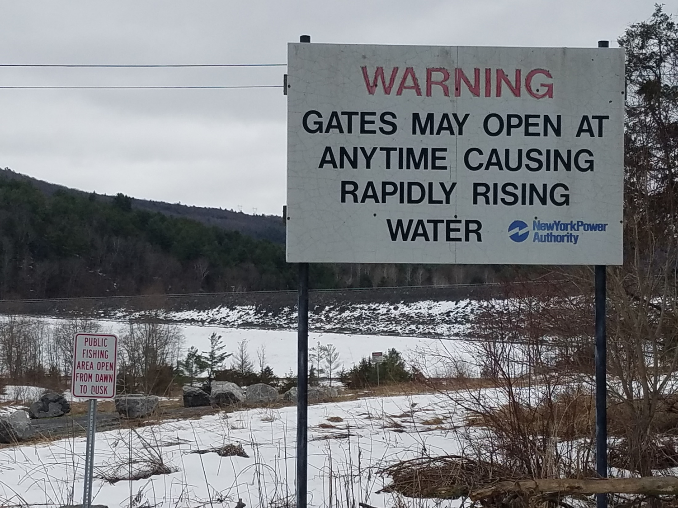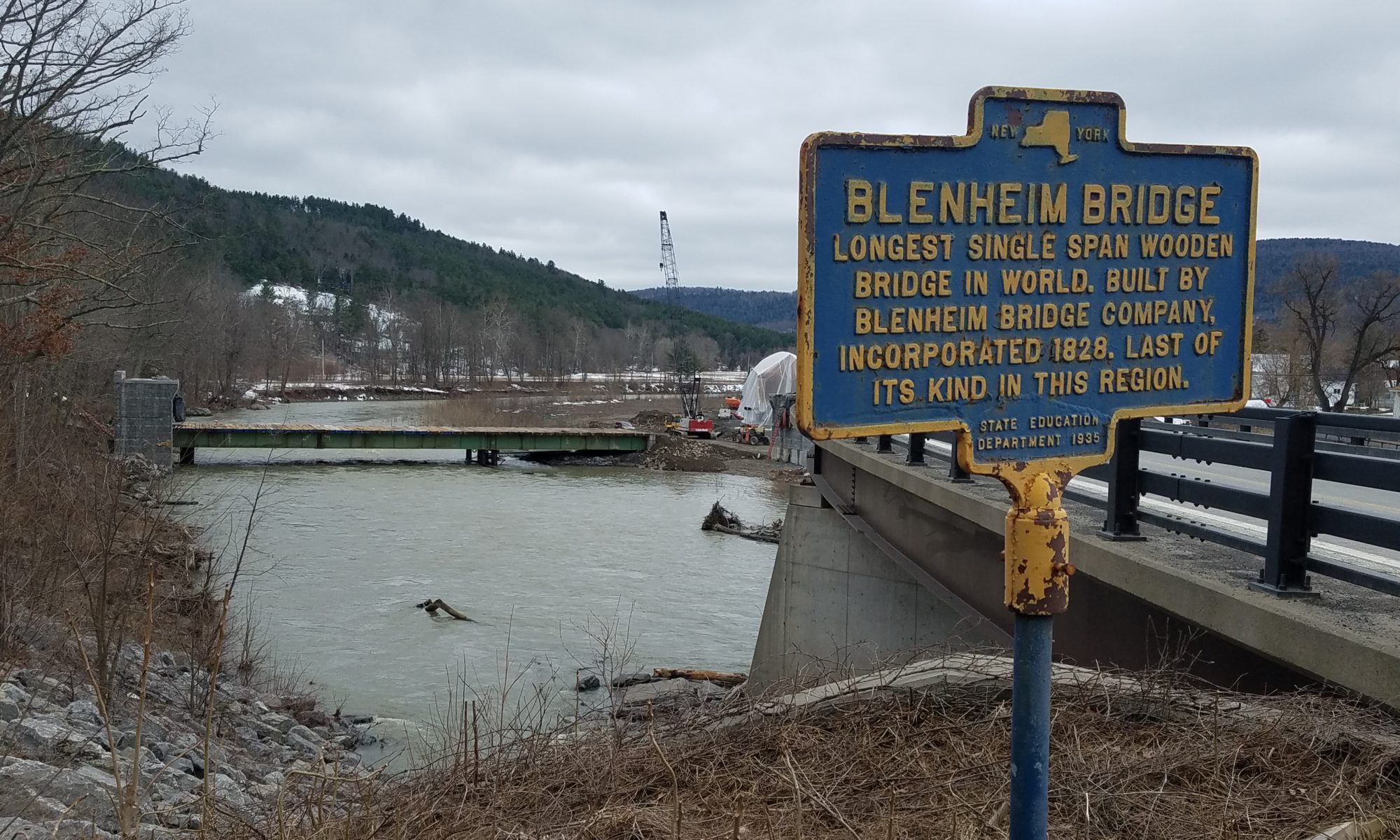A Foretaste of Climate Change in the Catskills
By Robin Glas

The day after the flood, the town was gone, its citizens displaced, rescued, and reunited in a church on a hill, where they found shelter and food. Volunteers from around the country, the National Guard, FEMA, and disaster relief operations flocked to the area in the following weeks and months. Families were living in churches while layers of mud were shoveled from their living rooms at home.
Time passed, and the cleanup and rebuilding continued. Volunteer numbers began to wane, and homes were raised on new, higher foundations as months turned into years.
The flood had reverberating effects on the town of Prattsville, NY. The storm created stronger community bonds. But it also left residents traumatized and resulted in legal difficulties that continue to this day, more than six years later.
-----------
In August of 2011, Tropical Storm Irene made landfall in the Northeastern United States, infused with enough cyclone energy to reach and devastate the inland mountain areas of New York State and Vermont. Prattsville, a small town of approximately 700 residents situated near the Schoharie Creek of the Catskill Mountains, was hit the worst by the storm.
Pastor Charlie Gockel remembers the night of the flood, when he and his wife, Tina, helped 110 people escape the disaster by housing them at the Huntersfield Christian Training Center, a mountain retreat nearby, dedicated to Christian education and community outreach.
“For the first week after the flood, most people stayed,” Gockel said. “The last family moved out a week before Christmas that year.”
In the days and weeks following the flood, residents of the Schoharie Valley turned to their local churches for support. Many residents began to attend church regularly and participate in community events led by Pastor Gockel “In the beginning, peoples’ hearts were opened,” Gockel said, referring to a touching moment when they led a prayer in the supermarket parking lot on the second day after the flood.
“Definitely everyone was thinking about the Lord,” he said.
But as time passed, religious enthusiasm waned throughout the community. As months turned into years, fewer town residents were attending church and reaching out to religious community leaders.
“Even to this day it wanes away,” he said.
The remaining spiritual echoes of Irene in Prattsville take the form of improved relationships between the different spiritual centers, merging and uniting churches and community outreach efforts. “The flood broke down the walls between the churches”, Gockel said.

In this region, churches serve as primary community response centers. The Federal Emergency Management Agency (FEMA) approached Pastor Gockel directly with instructional materials for disaster response in an effort to sustainably support local town leaders and stabilize grassroots recovery efforts.
Many families did not have flood insurance. The funds granted by FEMA to residents were dramatically insufficient to both clean up and rebuild, especially while meeting stricter flood protection measures. Roughly a million dollars were raised and donated by churches all over the country to help families bridge this gap in funding requirements.
Prattsville and the rest of the Schoharie valley are still reverberating from the flood in other sectors such as government, NGOs, and water management.
Climate change and inland flooding: was Irene a ‘new normal’?
In the Northeastern United States, scientists project that heavy rainstorms will become more frequent in the future, if current levels of greenhouse gas emissions from the burning of fossil fuels continue. For the Catskill region, average rainfall amounts have risen by more than 20 percent since 1970, and the probability that hurricanes and tropical storms will reach this far inland will increase as cyclones gain energy in a warmer future.
The mountainous area of the Catskills is at further risk for flooding because of its high elevation. Tropical systems making their way up the coast spend most of their time above sea level. When the storm is forced upward by the mountainous highlands, precipitation increases even more because of the colder temperatures higher up.

This means that the Schoharie Valley towns like Plattsville and other flood-prone areas of the Catskills will see a higher frequency of high flood levels. Efforts are currently underway by state and local lawmakers to ensure that flood readiness is a priority, considering the risks associated with climate change.
The New York Power Authority is due for a 50-year relicensing in 2019, and they have agreed to pay the towns of Blenheim and Gilboa $70 million over the next 50 years to compensate for local services and for hosting the project. The rest of Schoharie County will not be receiving any compensation, even though they provide county- level services to the hydroelectric station such as policing and road maintenance.

So far, no dam reinforcement related to flood mitigation has been outlined in the new licensing plan. This does not sit well with Schoharie County, particularly in the face of climate change and higher precipitation levels into the next century that are predicted by scientists.
Six years and eight months: bridging resilience
The small towns throughout the Schoharie Valley contain many historical buildings and landmarks that were devastated by Irene, the most notable the longest single-span covered bridge in the country, which was built in 1829 in the town of Blenheim and was completely washed away in 2011.
This month, more than six years after the storm, a $5 million replica of the Blenheim Bridge built by local contractors and funded by FEMA was erected in its place, although the new bridge is more than 20 feet higher to accommodate new flood bank levels.
New flood levels have made their mark throughout the Schoharie valley, visible in higher building foundations, wider bridges, and a heightened awareness among local citizens of flood evacuation plans intended. to prevent the type of devastating losses and damages that were brought by Tropical Storm Irene.
Over time, the effects from the flood have echoed through all facets of life for the residents of Prattsville and other Schoharie valley towns. For Pastor Gockel, these six years have brought wisdom and experience with flood emergency management, relief, and recovery.
“We’ve learned a lot from the process, so we know what works, what helps, and what doesn’t,” he said. “But a flood of that magnitude, still, how do you really prepare for that?”
Photos by Robin Glas
Timeline of Irene’s Influence: Social and economic echoes of the flood
April 2012
Flood sirens throughout the valley have been repaired, costing $220,000. The warning sirens that are normally activated if there is a danger of dam failure were overcome by the flood created by Irene. The Gilboa dam holds 19 million gallons of water, and dam failure would be catastrophic for the valley.
October 2012
Hurricane Sandy strikes the Schoharie Valley, and the New York Power Authority agreed to lower reservoir levels in anticipation of the storm to prevent catastrophic flooding. Although residents were well prepared for another devastating flood, Sandy did not bring levels anywhere near those of Irene and the valley was spared.
January 2013
A group of lawsuits were filed by citizens of the Schoharie Valley against the New York Power Authority and the Department of Environmental Protection. The suits claimed that the authorities should have taken flood protection measures for citizens both up and downstream of the dams during Irene, and asked for for more than $115 million in damages. Plaintiffs included the “municipalities” of Middleburgh Central School District, the town of Fulton, and Schoharie County. Two additional lawsuits were filed by private land owners and corporations in the Schoharie valley.
October 2014
All municipalities discontinued their lawsuits against NYPA. Only two actions remain.
August 2017
Town officials of Prattsville were subpoenaed by state and federal investigators for documents pertaining to the misuse of portions of more than five million dollars in disaster relief funds. The investigation involves the FBI and the state comptroller’s office, and is currently still under way.
April 2018
Schoharie County Long Term (SALT) executive director Sarah Goodrich stepped down. This nonprofit recovery organization was able to help more than 600 families and bring millions of dollars in grants to rebuild in the wake of Irene and Lee.

